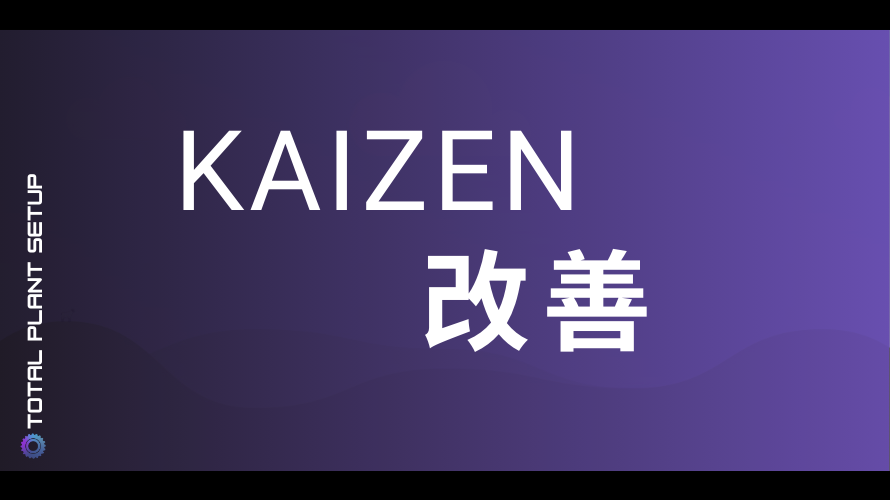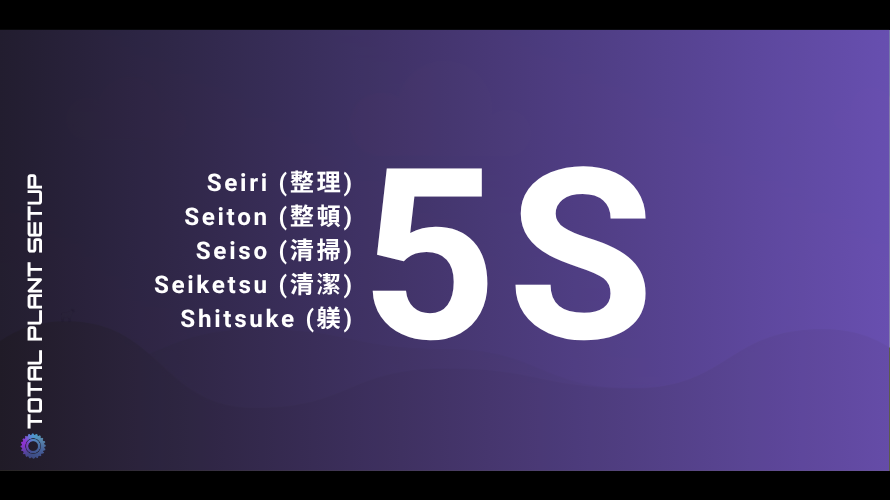Introduction
In today’s fast-paced industrial environment, manufacturers must strive for continuous improvement, flawless quality, and operational efficiency. Lean manufacturing principles offer the perfect framework to achieve this, and many of the most powerful Lean tools come from traditional Japanese management practices.
This blog delves into 21 essential Lean tools — their meaning, purpose, and Japanese roots — and how they can revolutionize operations across industries.
🔹 Here’s a quick overview:
- Shojinka (Flexible Workforce) — 精進香 (Shōjin ka)
Supports: Workforce Optimization, Heijunka (Leveling)
Explanation: Shojinka enables companies to flexibly adjust the workforce size and roles based on fluctuating demand. It prevents overstaffing during slow periods and understaffing during peak seasons.
By empowering workers with multiple skills, businesses can maintain optimal efficiency, minimize idle time, and adapt swiftly to market changes — a critical capability in today’s volatile supply chains.
- Shigoto Shiji (Work Instructions) — 仕事指事 (Shigoto shiji)
Supports: Standardized Work
Explanation: Clear, documented work instructions ensure that every employee performs tasks consistently, safely, and efficiently. Shigoto Shiji acts as a foundation for operational excellence, ensuring quality isn’t left to chance but built into the very way work is performed.
- Yamazumi (Workload Balance Chart) — 山住 (Yamazumi)
Supports: Heijunka (Production Leveling), Takt Time Optimization
Explanation: A Yamazumi chart visually stacks tasks to balance workloads among operators relative to takt time. It helps identify bottlenecks, underutilization, or overburden, enabling teams to level production lines, enhance flow, and boost efficiency.
- Jishu Hozen (Autonomous Maintenance) — 時州保善 (Toki-shū Yasuyoshi)
Supports: TPM (Total Productive Maintenance), Jidoka (Built-in Quality)
Explanation: Operators are trained to conduct basic equipment maintenance tasks such as cleaning, lubricating, and inspection. Jishu Hozen fosters ownership, reduces unplanned downtime, extends equipment life, and builds a culture of responsibility.
- 5S — 整理・整頓・清掃・清潔・躾 (Seiri, Seiton, Seiso, Seiketsu, Shitsuke)
Supports: Visual Management, Workplace Organization
Explanation: 5S is the cornerstone of workplace organization:
Seiri: Sort
Seiton: Set in order
Seiso: Shine
Seiketsu: Standardize
Shitsuke: Sustain
An organized workspace enhances safety, productivity, and morale while significantly reducing waste.
- Kaizen — カイゼン (Kaizen)
Supports: Continuous Improvement
Explanation: Kaizen is a mindset of making small, incremental improvements continuously. Instead of massive changes, it encourages employees at all levels to suggest and implement improvements regularly, fostering a culture of progress and engagement.
- Kanban — カンバン (Kanban)
Supports: Pull Systems, Just-in-Time
Explanation: Kanban uses visual signals like cards or digital boards to manage production flow based on actual customer demand, not forecasts. It helps in minimizing excess inventory, optimizing resource utilization, and improving transparency across operations.
- Andon — あんどん (Ando n)
Supports: Jidoka (Built-in Quality), Visual Management
Explanation: Andon systems allow operators to signal when an issue arises — instantly stopping production if needed. This empowers quick corrective actions, prevents defects, and builds quality into every stage of the process.
- Jidoka — 自働化 (Jidōka)
Supports: Built-in Quality
Explanation: Often called “automation with a human touch,” Jidoka involves detecting problems early, halting operations, and preventing defective products from moving forward. It instills quality at the source rather than relying on end-of-line inspections.
- Poka-Yoke — ポカヨケ (Pokayoke)
Supports: Error-Proofing, Built-in Quality
Explanation: Poka-Yoke devices prevent mistakes before they happen — for example, a part that can only fit in one way. Simple, low-cost error-proofing methods save time, reduce defects, and eliminate costly rework.
- Heijunka — ヘイジュンカ (Heijunka)
Supports: Production Leveling
Explanation: Heijunka smooths out production volume and product mix to avoid fluctuations that create stress in processes and personnel. A leveled production schedule reduces inventory, improves delivery performance, and stabilizes operations.
- Takt Time — タクトタイム (Takutotaimu)
Supports: Just-in-Time, Flow Efficiency
Explanation: Takt time is the heartbeat of production, ensuring that every unit moves through the process at a pace matching customer demand. It prevents bottlenecks, overproduction, and delays by synchronizing production steps with real-time needs.
- Hoshin Kanri — 保心管理 (Ho kokoro kanri)
Supports: Strategy Deployment
Explanation: Hoshin Kanri translates top-level strategic goals into actionable initiatives at every organizational level. It ensures that everyone is pulling in the same direction, avoiding wasted effort and maximizing resource utilization.
- Gemba — 玄場 (Genba)
Supports: Gemba Walks, Continuous Improvement
Explanation: “Go to the real place” — Gemba teaches leaders to visit the shop floor to observe operations firsthand. Direct observation enables accurate understanding of problems and inspires data-driven decision-making.
- Genchi Genbutsu — 現地現物 (Genchi genbutsu)
Supports: Problem-Solving, Gemba Thinking
Explanation: Similar to Gemba, Genchi Genbutsu emphasizes firsthand experience over assumptions. Seeing the real situation, at the real place, with the real parts allows deeper insight into issues and helps in finding effective solutions.
- Muda, Mura, Muri — ムダ、ムラ、ムリ (Muda, Mura, Muri)
Supports: Waste Elimination
Explanation: This triad focuses on:
Muda (Waste): Non-value-adding activities
Mura (Unevenness): Variability in operations
Muri (Overburden): Overloading people and equipment
Eliminating these three evils improves efficiency, quality, and employee satisfaction.
- Hansei — 藩政 (Hansei)
Supports: Reflective Learning, Kaizen
Explanation: Hansei is the art of honest self-reflection — acknowledging mistakes and learning from them without fear or blame. It reinforces the Lean principle of continuous improvement at an individual and organizational level.
- A3 Thinking — A3 思考 (A 3 shikō)
Supports: Structured Problem Solving
Explanation: Named after the A3-sized paper it’s traditionally written on, A3 Thinking provides a structured way to define problems, analyze root causes, propose countermeasures, and track results through the Plan-Do-Check-Act (PDCA) cycle.
- Nemawashi — 根回し (Nemawashi)
Supports: Consensus Building, Decision-Making
Explanation: Nemawashi involves informal discussions before formal decisions are made. It builds alignment, uncovers concerns early, and makes formal meetings smoother, faster, and more productive.
- Obeya — 大部屋 (Ōbeya)
Supports: Visual Management, Cross-functional Collaboration
Explanation: Obeya means “Big Room” — a dedicated space where cross-functional teams collaborate on projects visually and in real time. By centralizing information and decision-making, it accelerates project delivery and strengthens accountability.
- Standard Work — 標準作業 (Hyōjun sagyō)
Supports: Process Consistency
Explanation: Standard work documents the best-known method for performing a task. It ensures consistency, improves quality, and creates a baseline for future improvements. Without standardization, improvement efforts are random and unsustainable.
Why These Tools Matter
Together, these 21 tools help organizations:
Build agility and responsiveness
Boost operational efficiency
Enhance quality at the source
Foster a culture of continuous improvement
Empower frontline employees
Improve customer satisfaction
Achieve strategic goals faster
Whether you’re in manufacturing, logistics, healthcare, or even service industries, Lean tools offer powerful frameworks that drive real-world results.
Conclusion:
Lean is more than just a methodology — it’s a mindset rooted deeply in discipline, teamwork, respect, and a relentless pursuit of improvement. These 21 Japanese Lean tools are timeless, transcending industries and cultures to deliver extraordinary outcomes when adopted thoughtfully.
By understanding their origins and applications, organizations can harness the true spirit of Lean: doing more with less, creating value for customers, and fostering a workplace where everyone contributes meaningfully.
Ready to make your operations Leaner, faster, and smarter? Start with these 21 foundational tools today!










